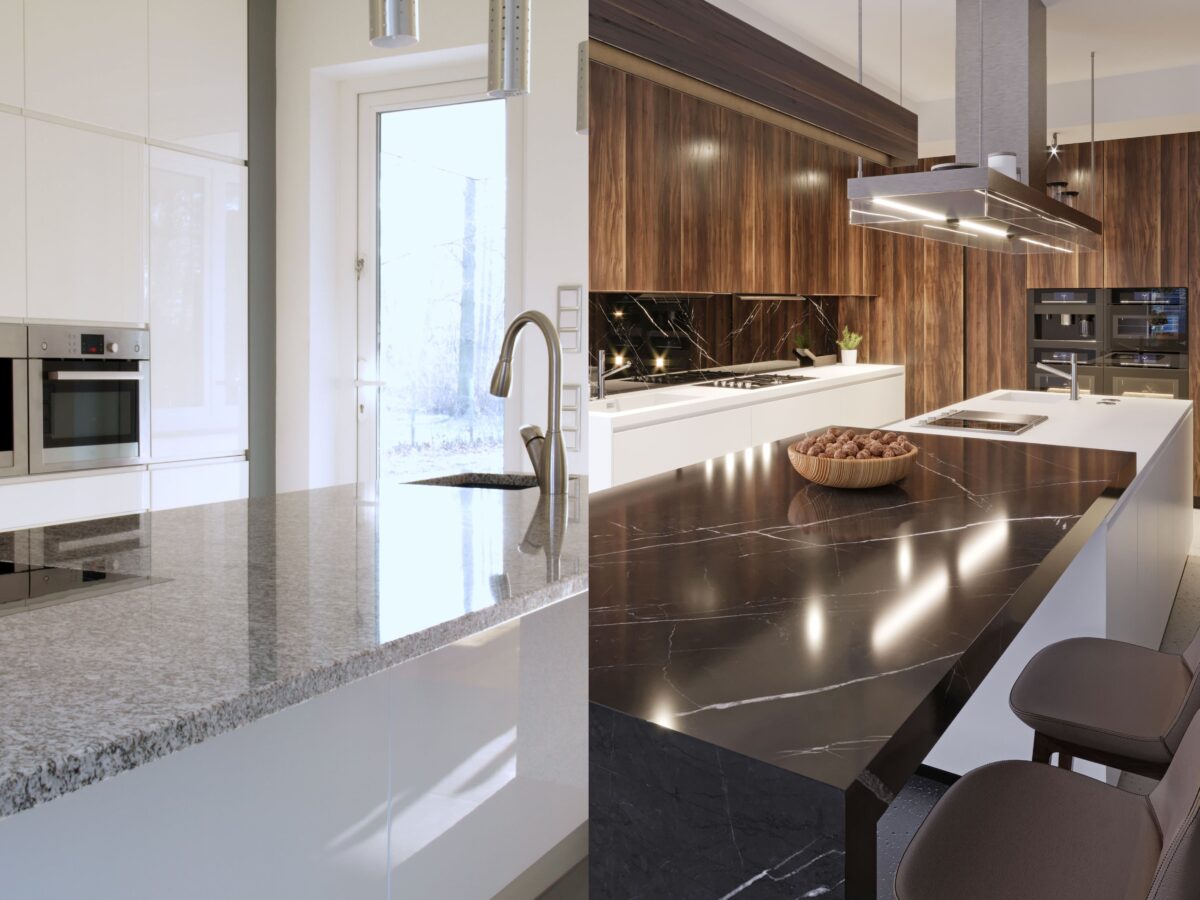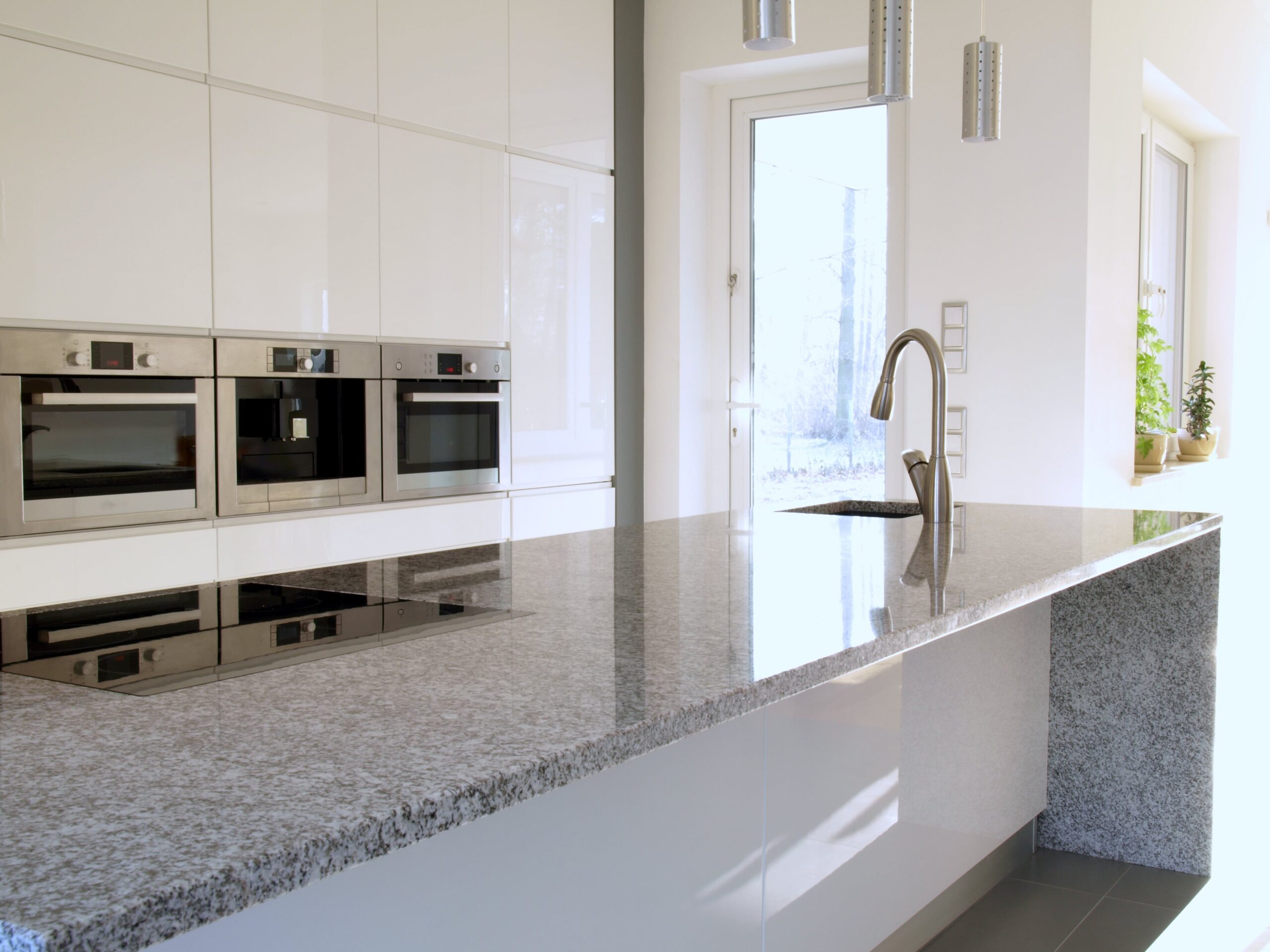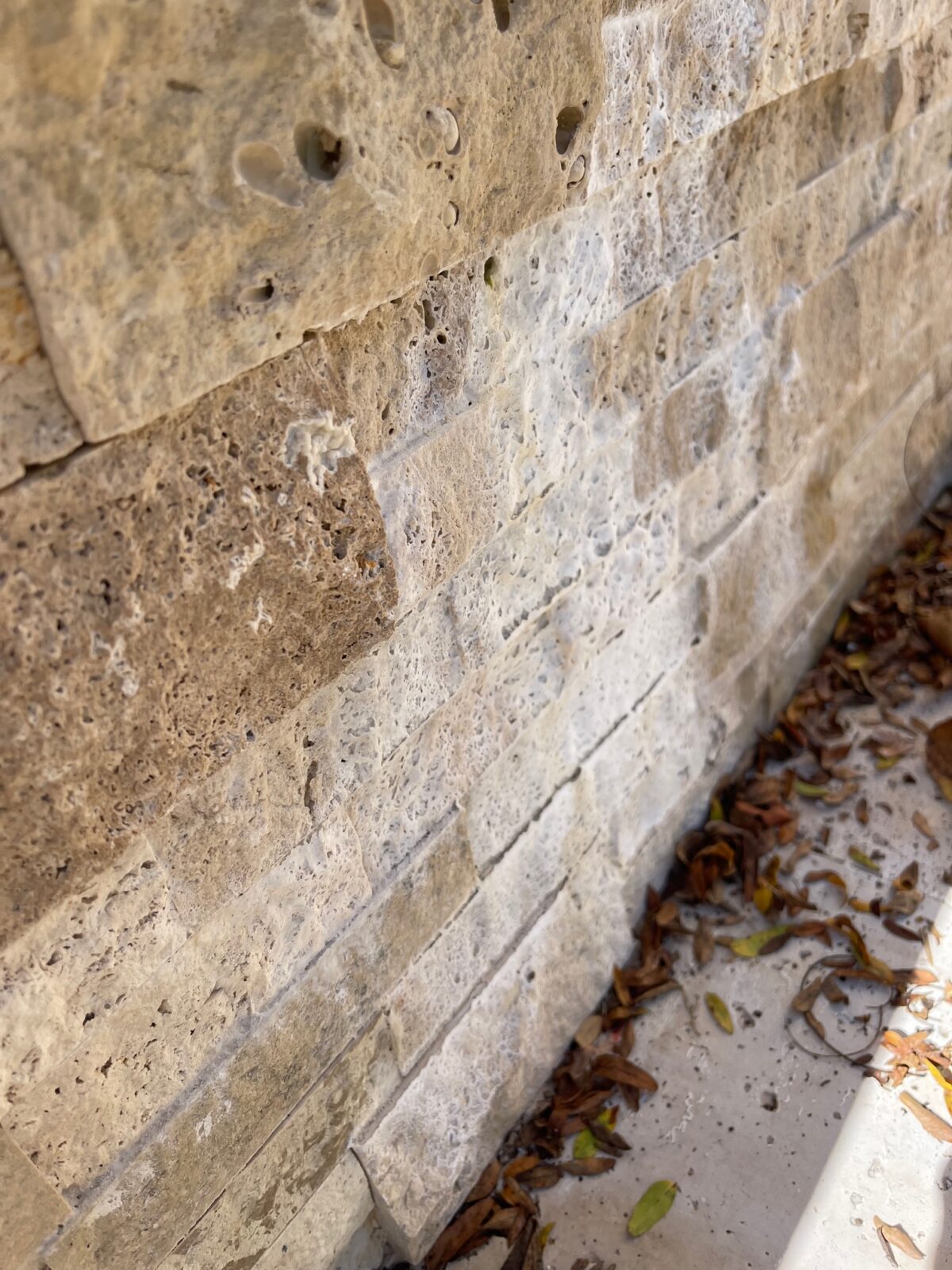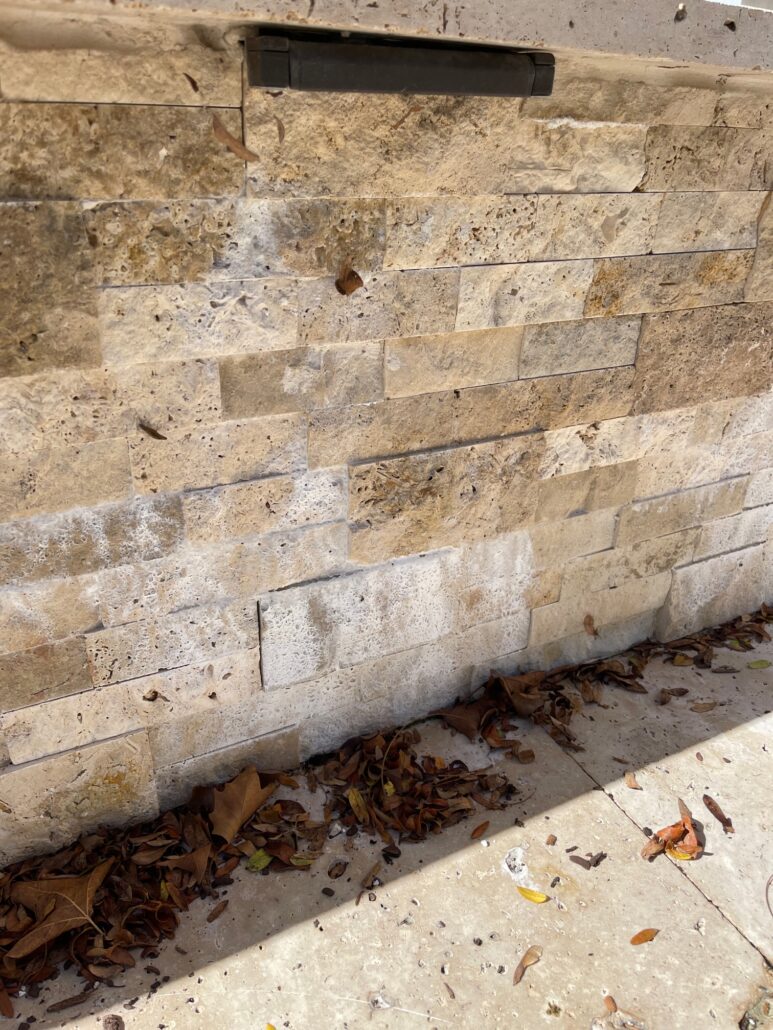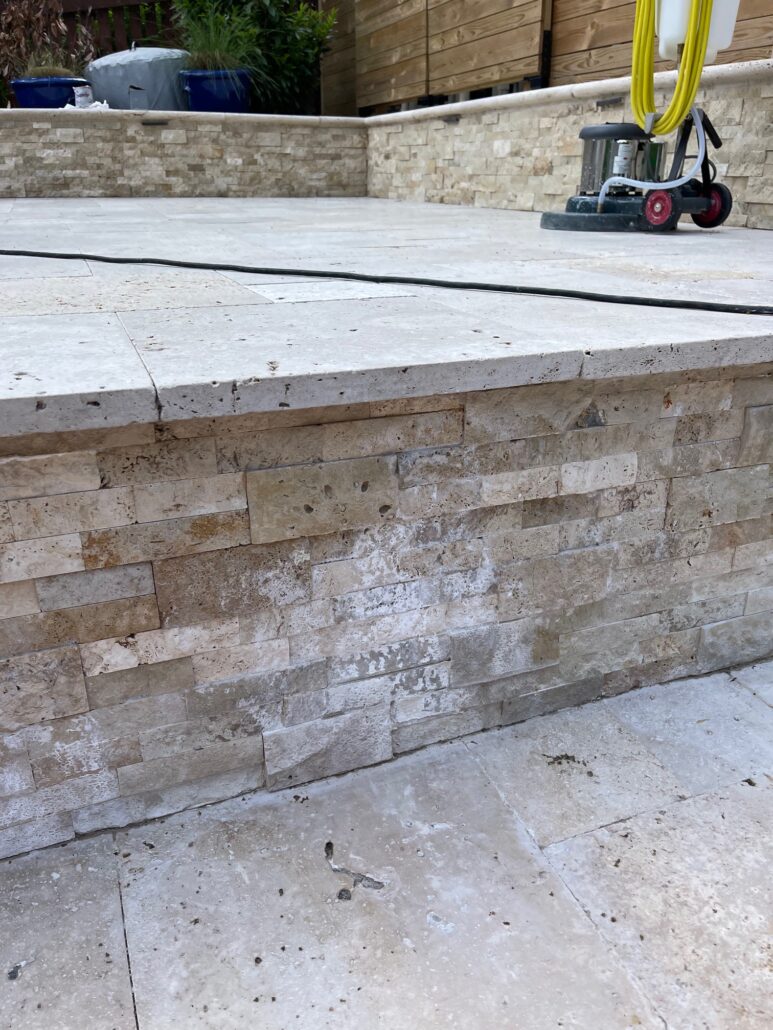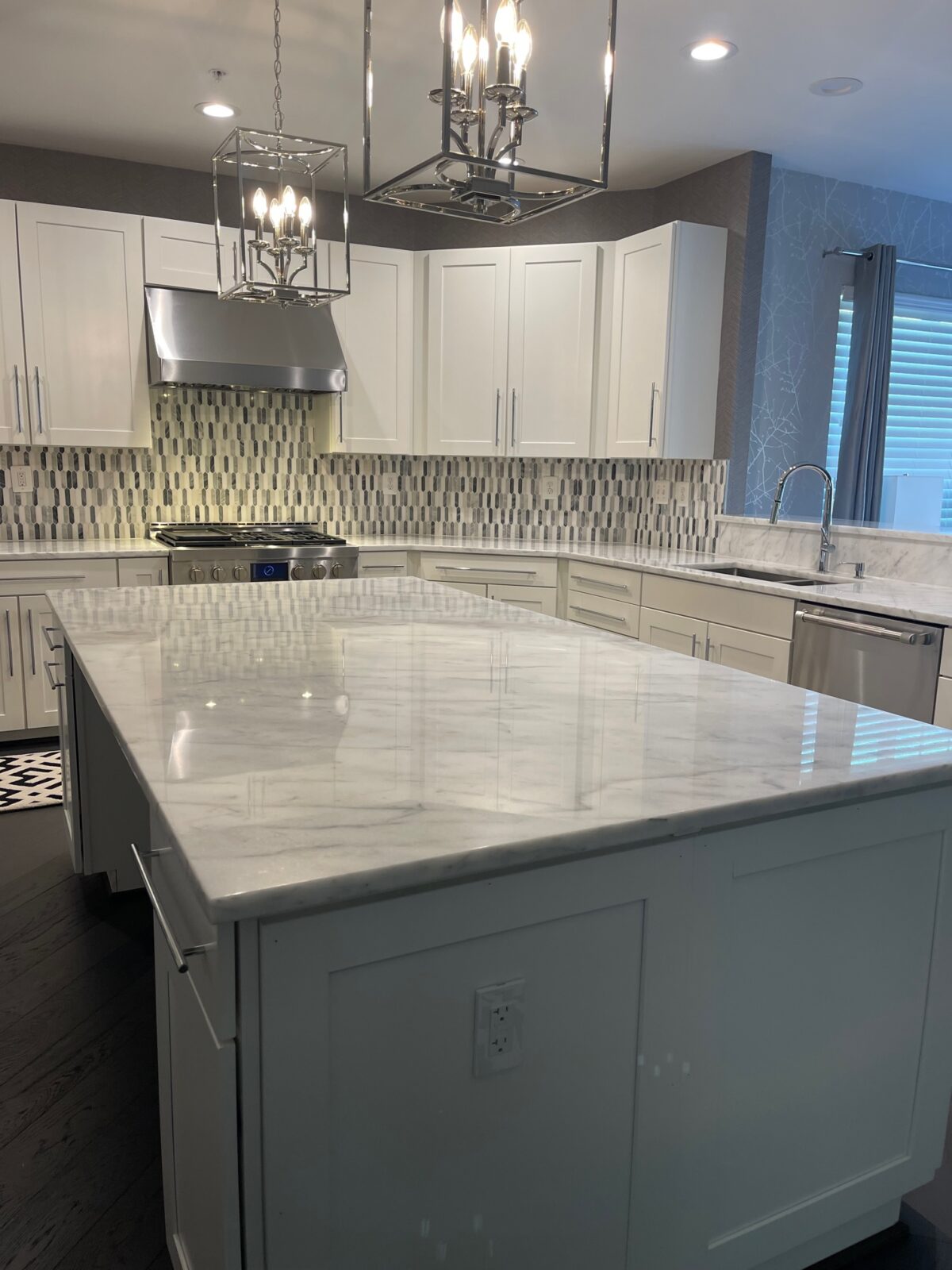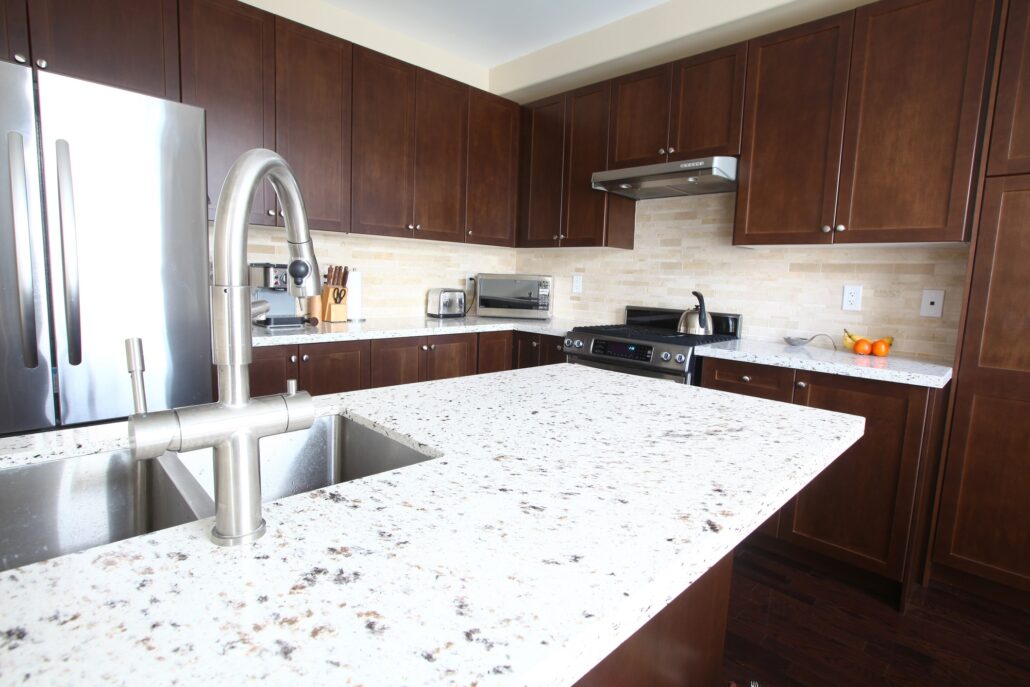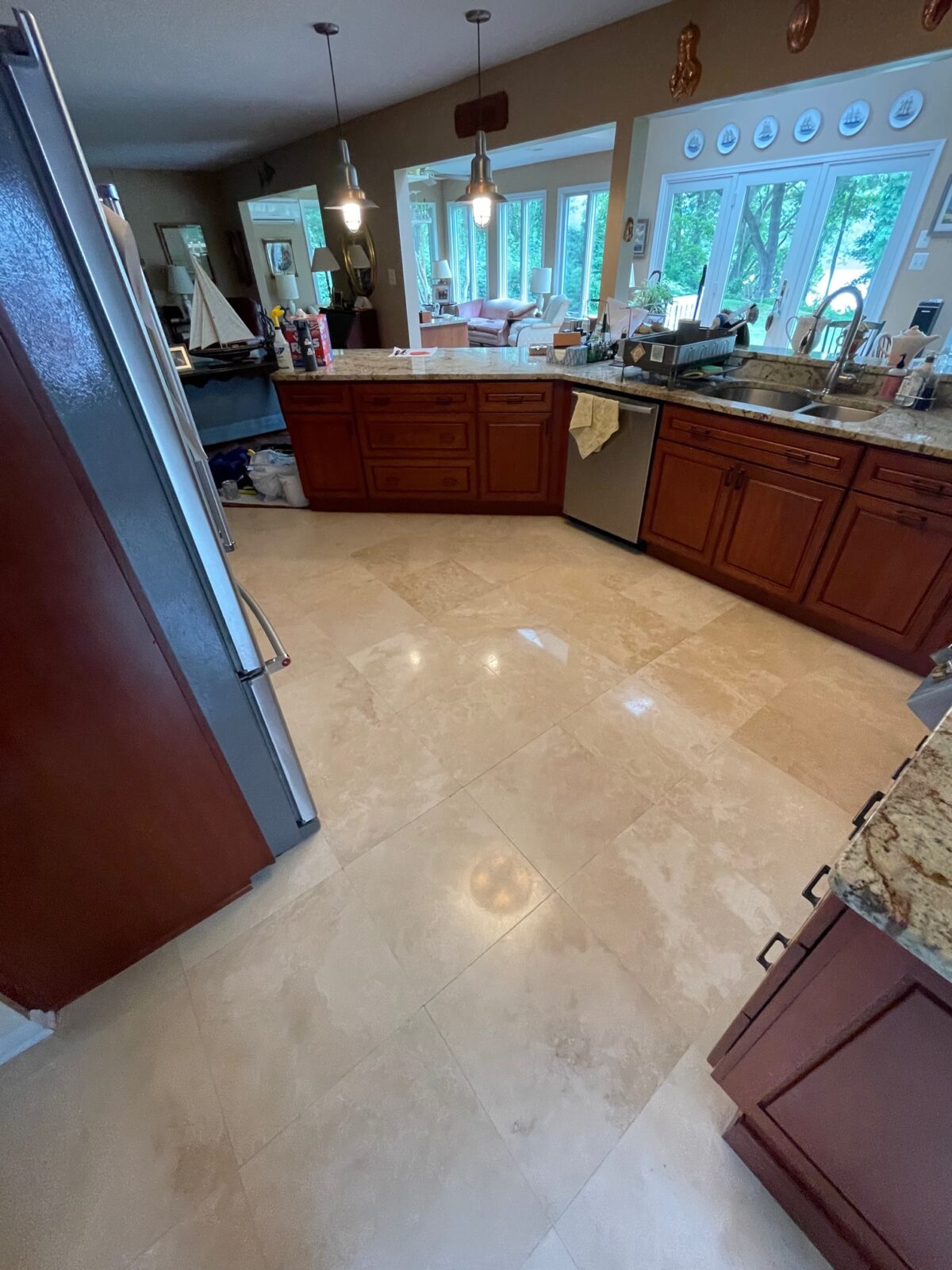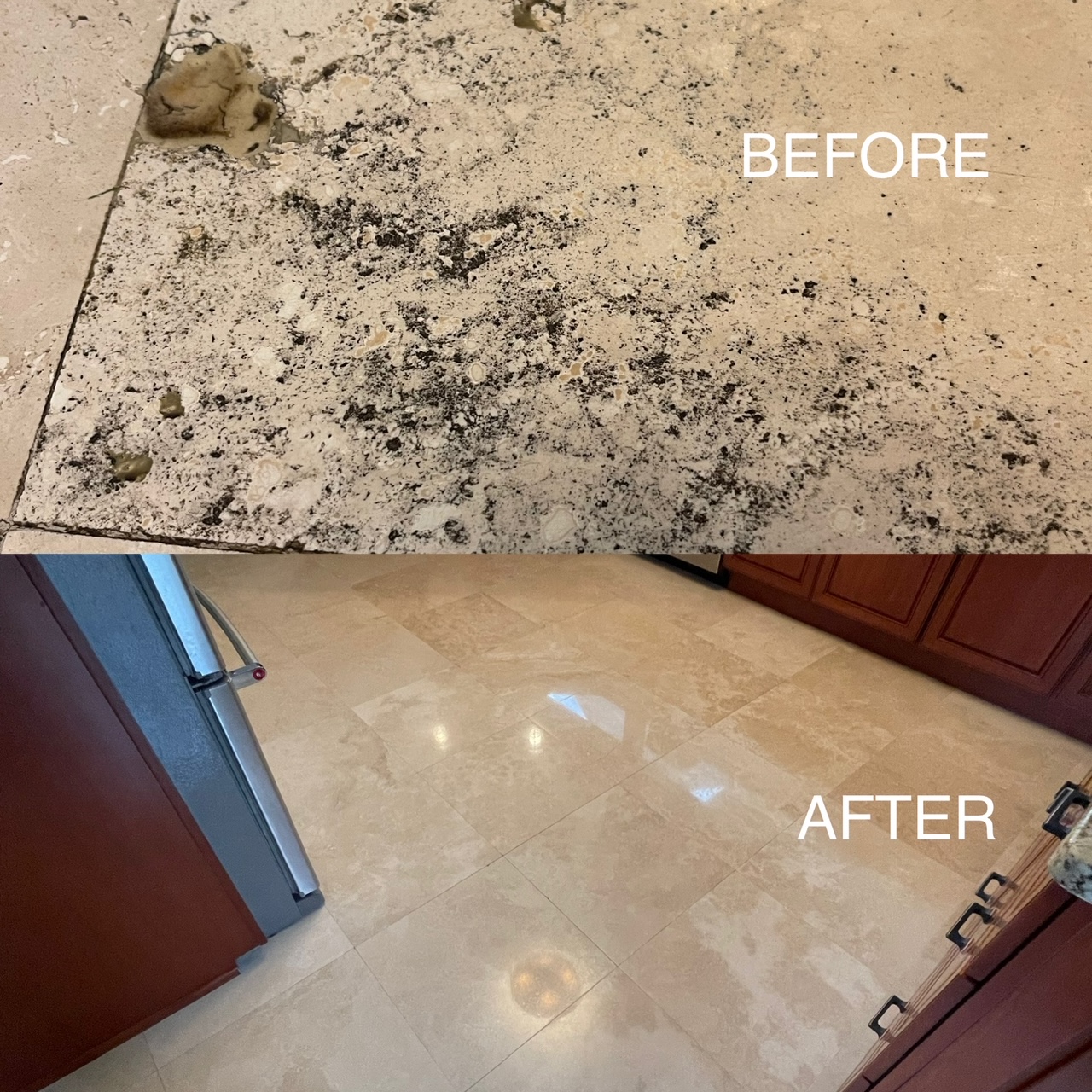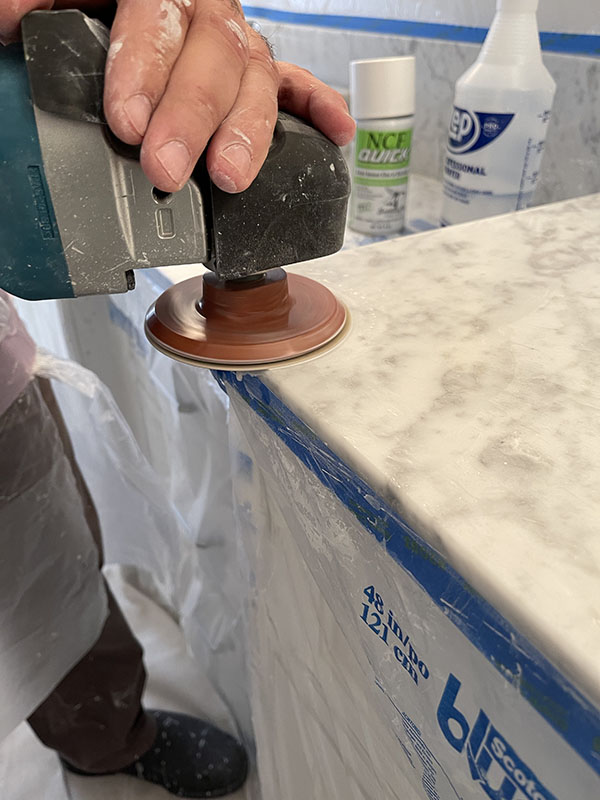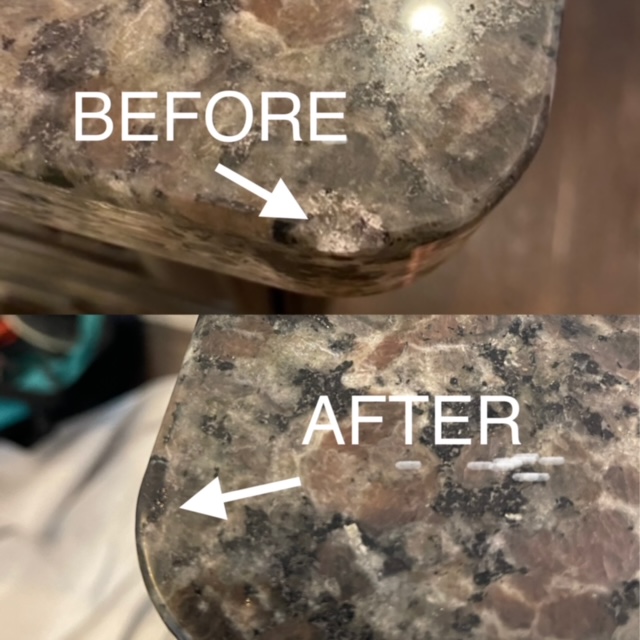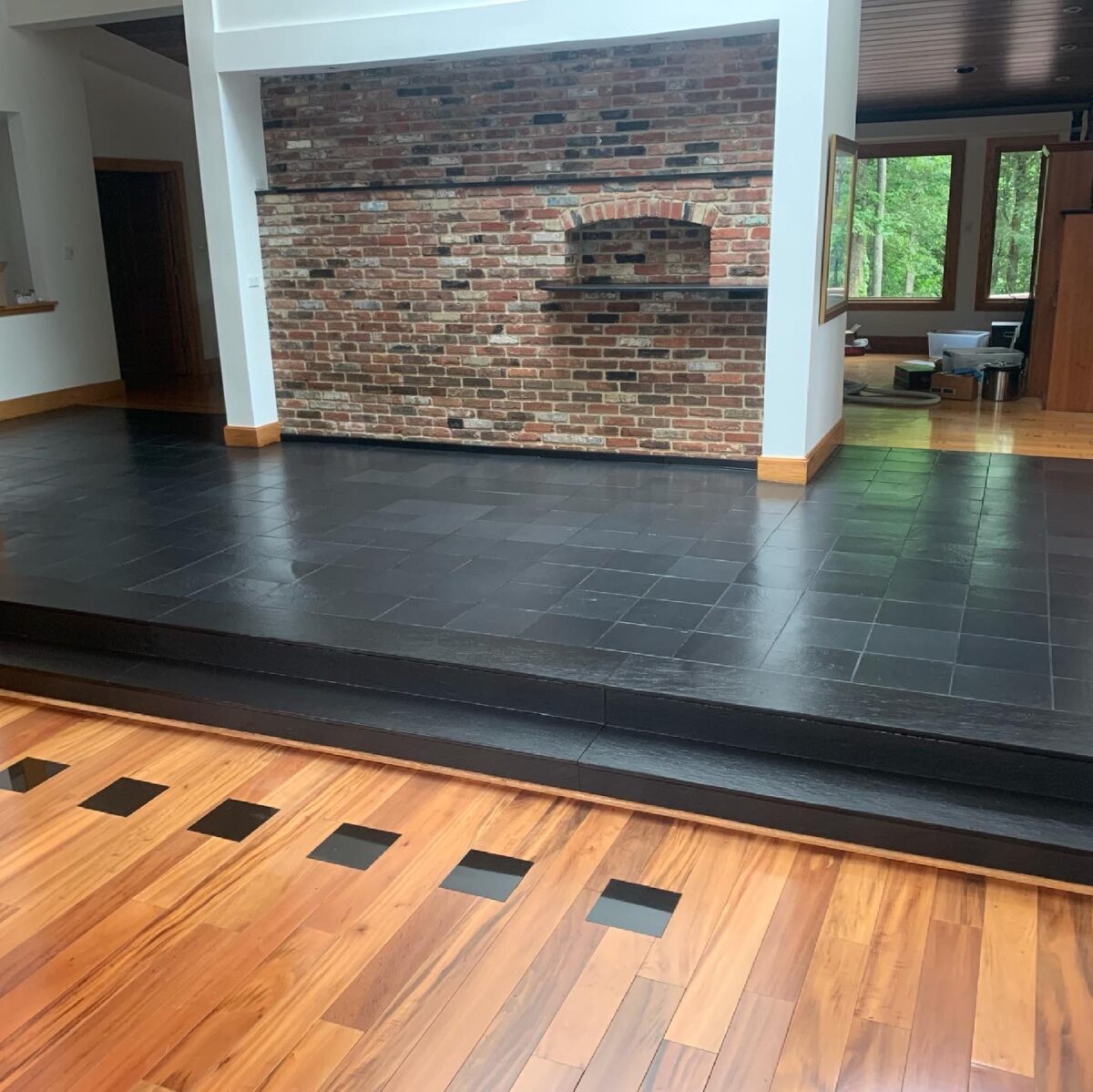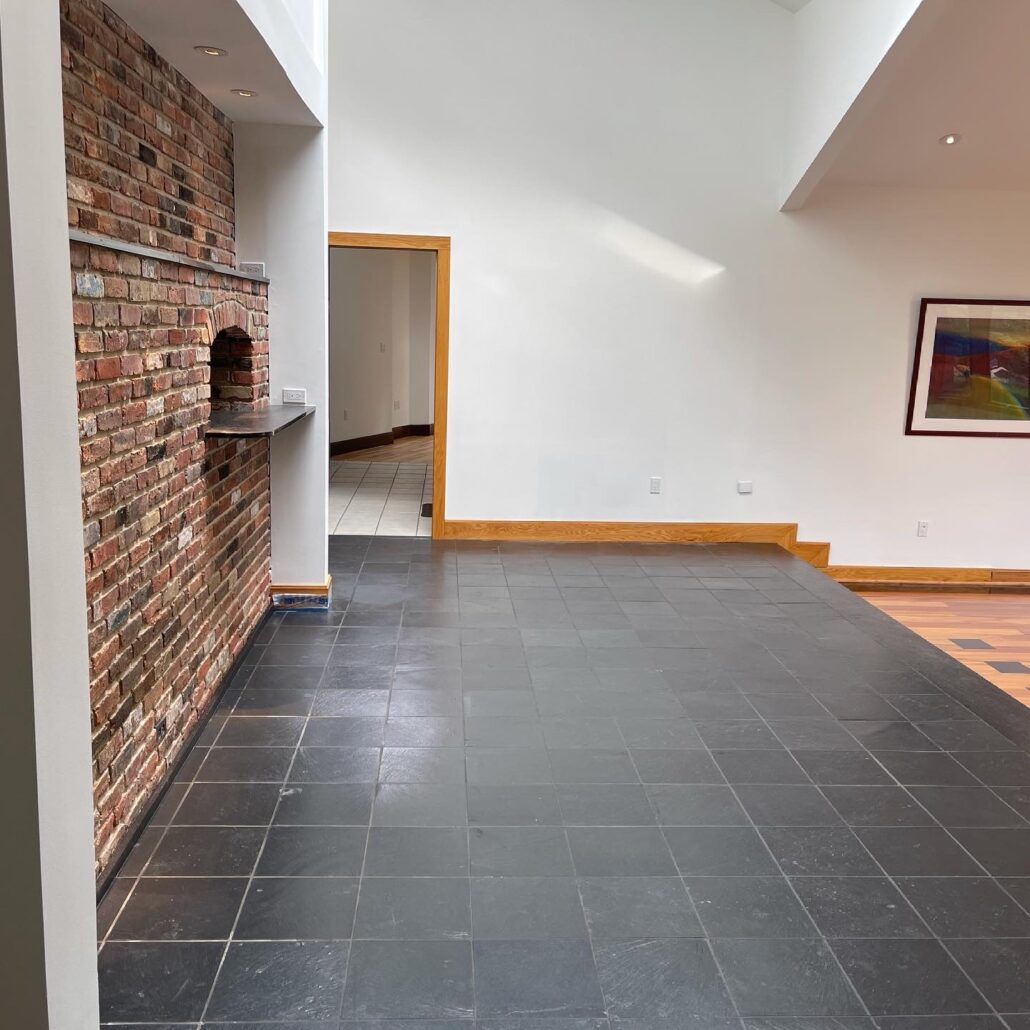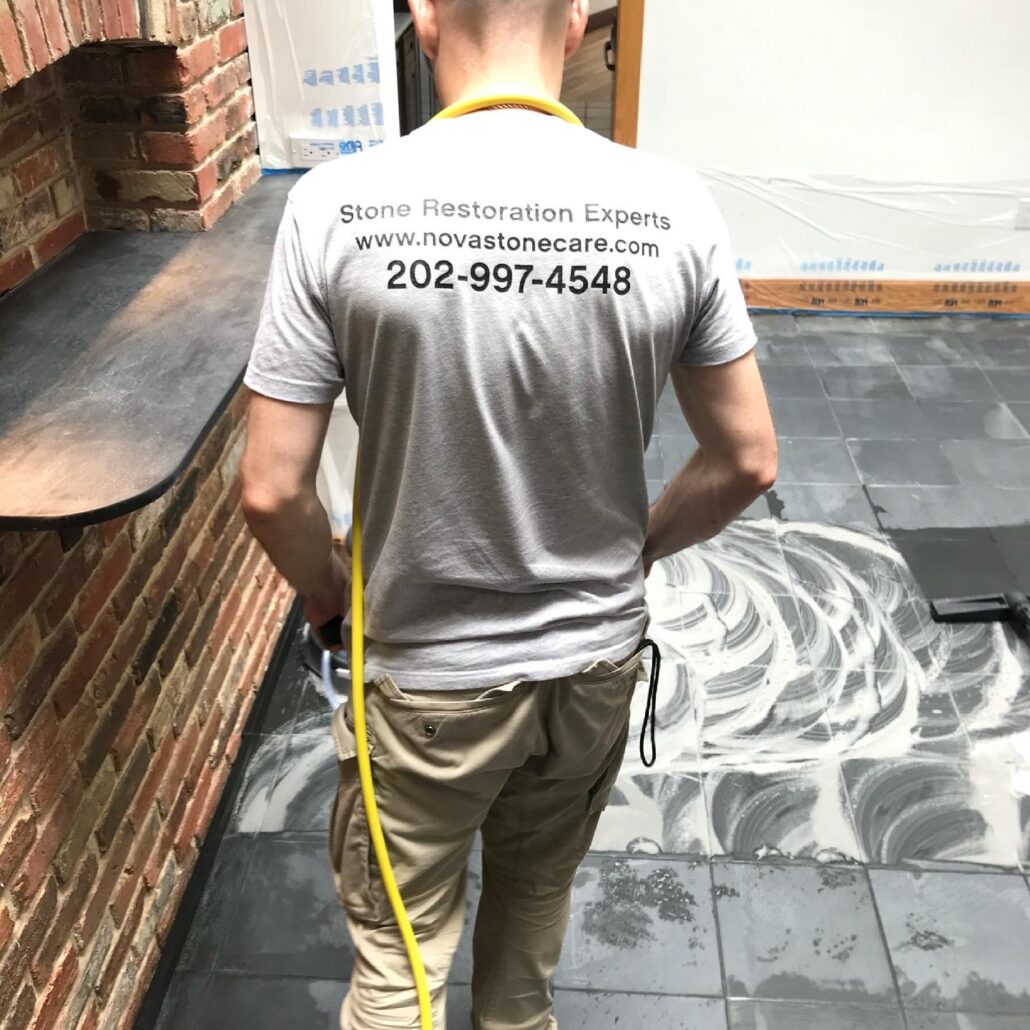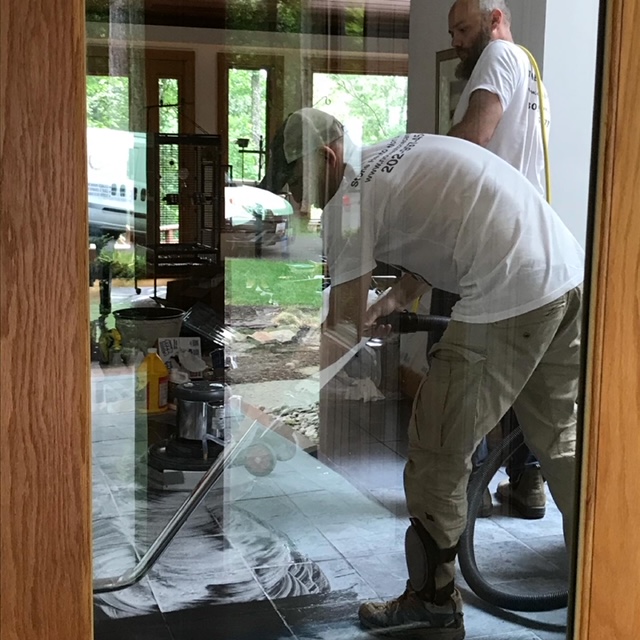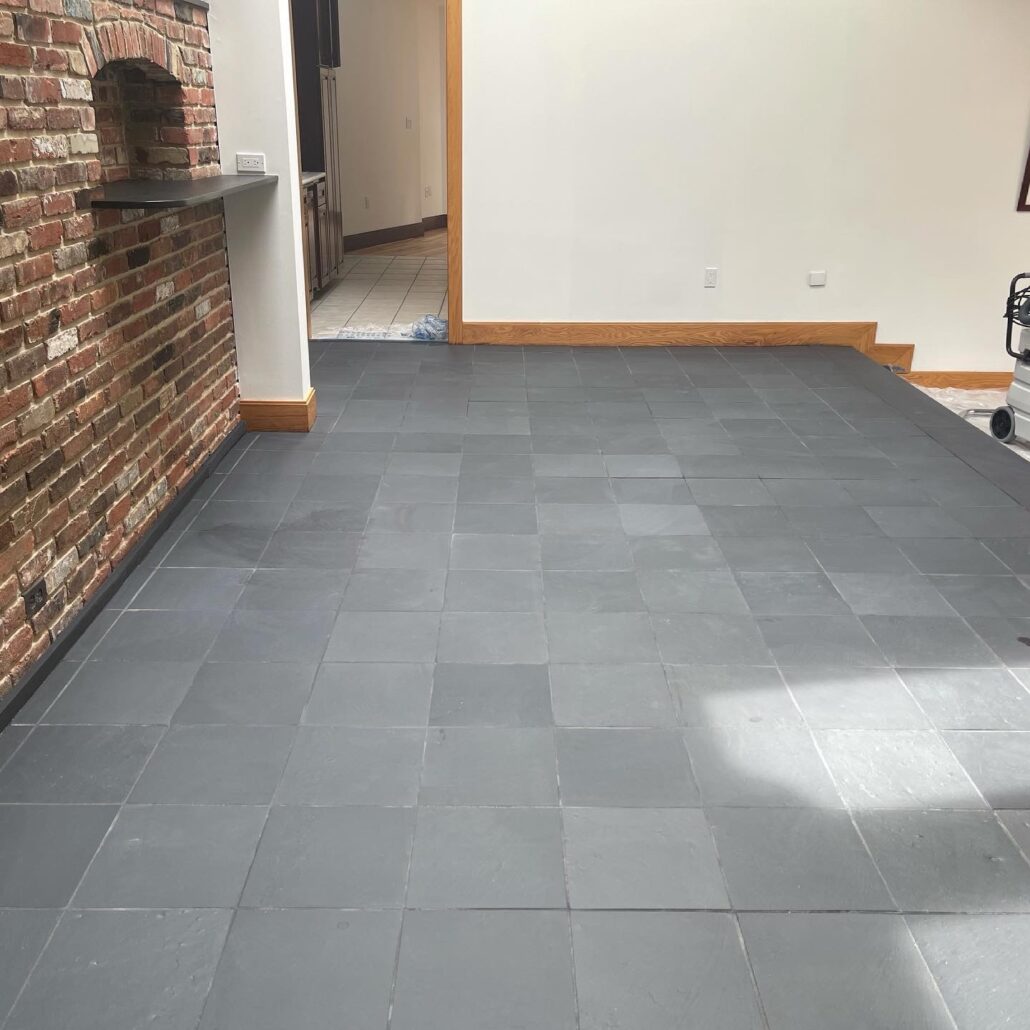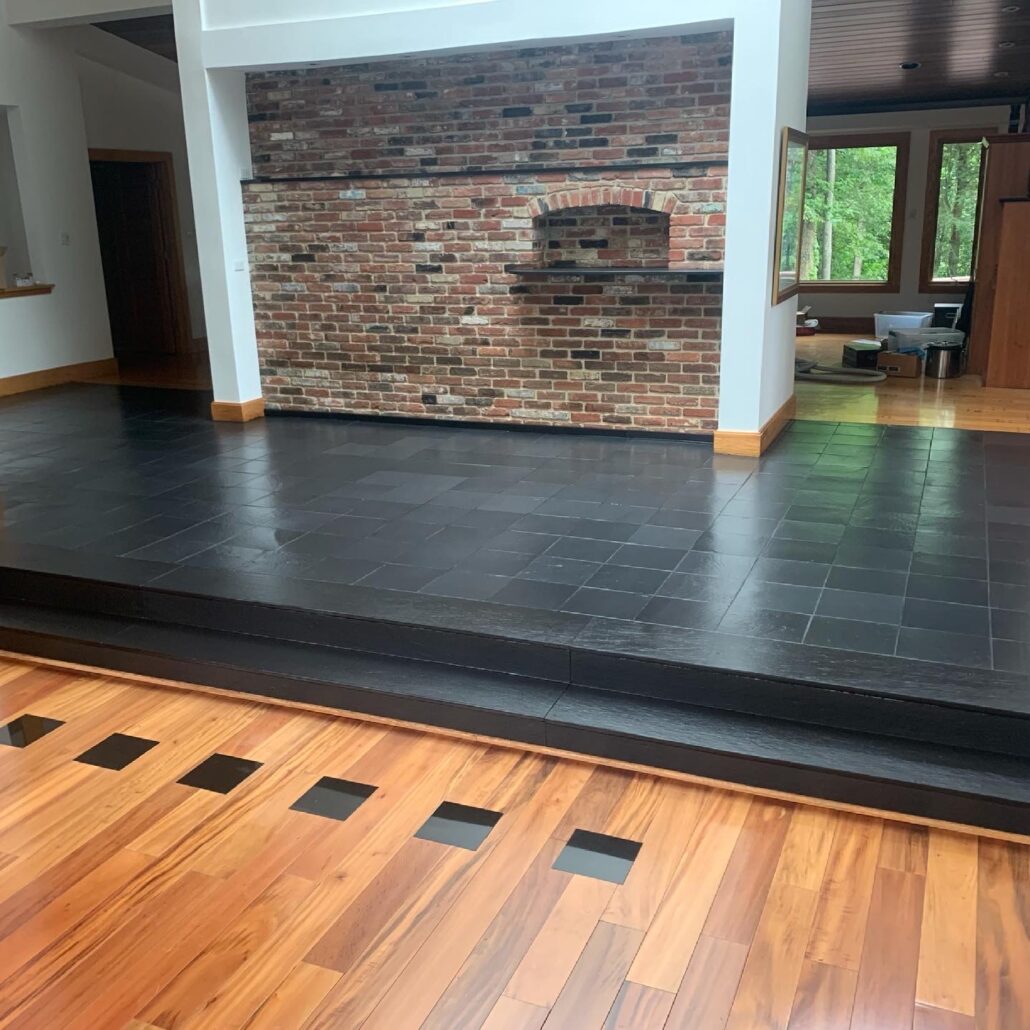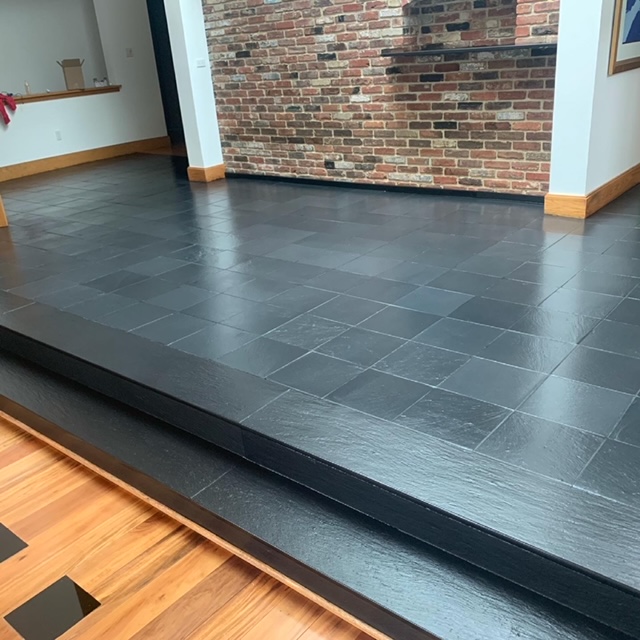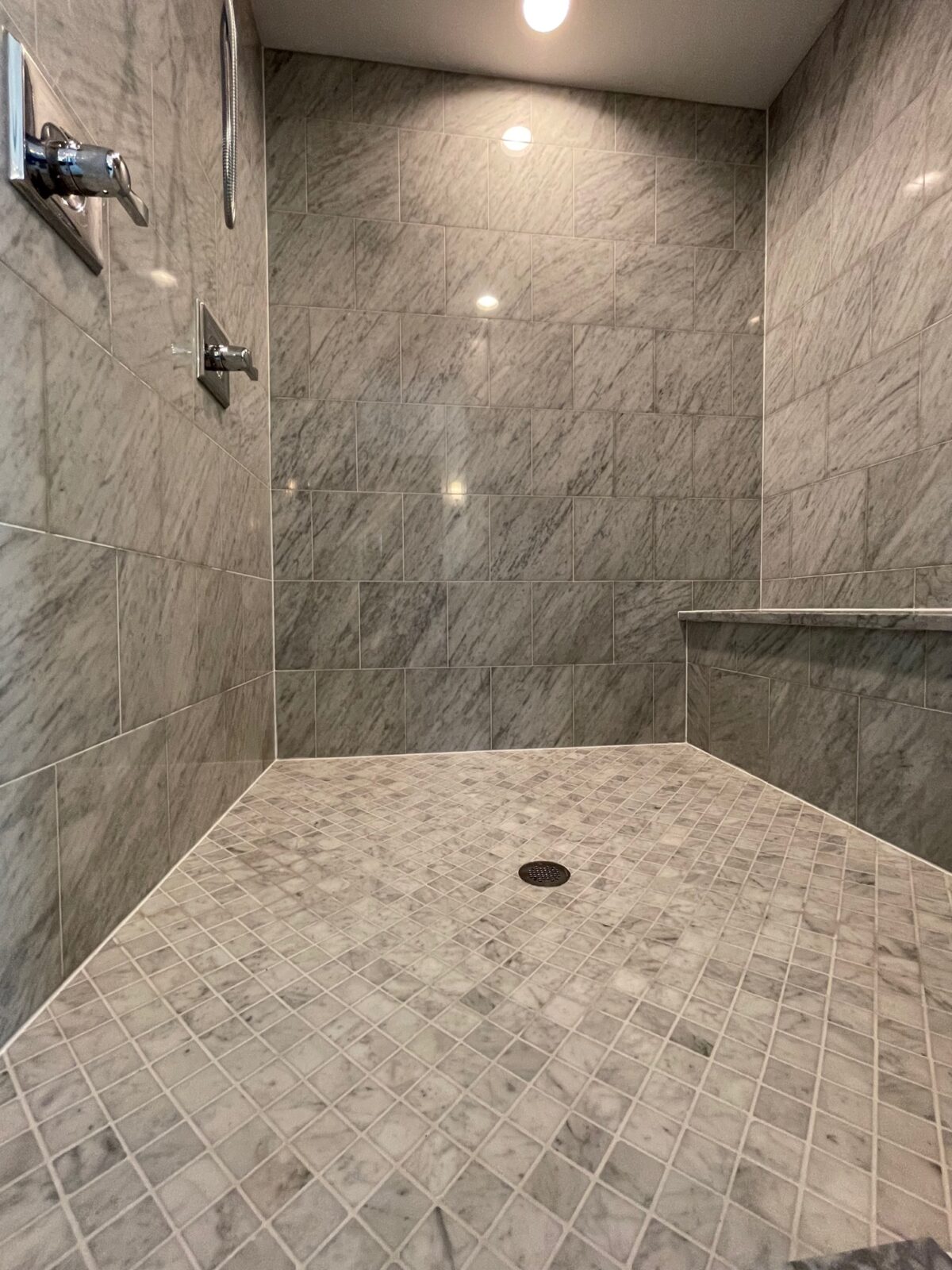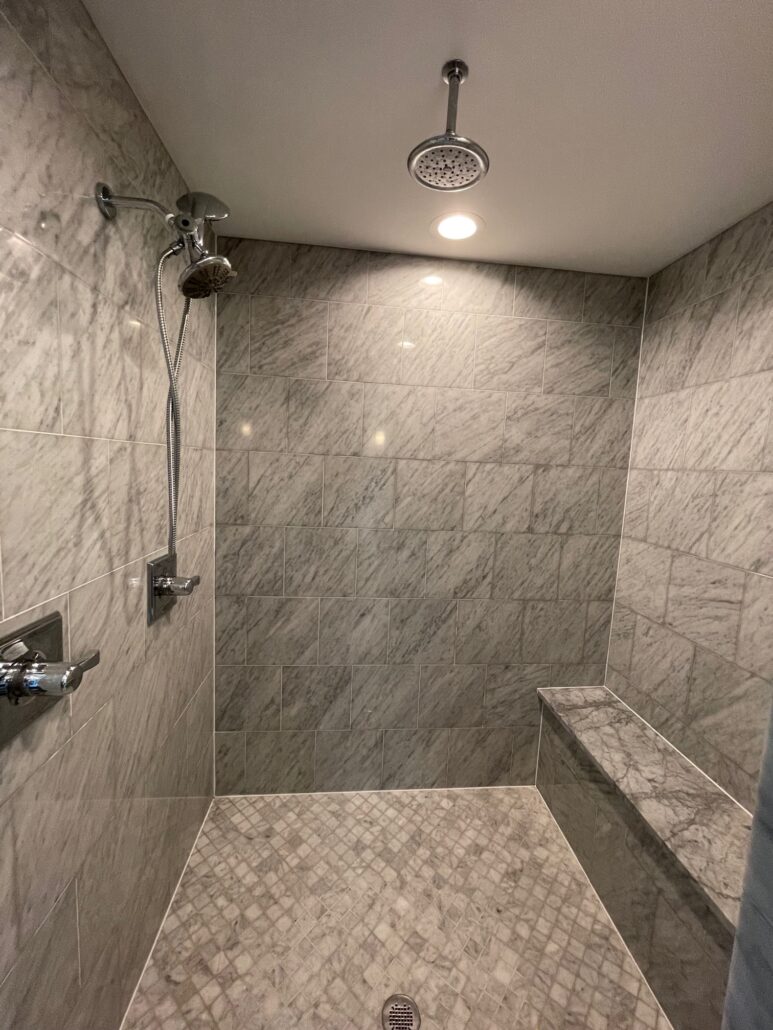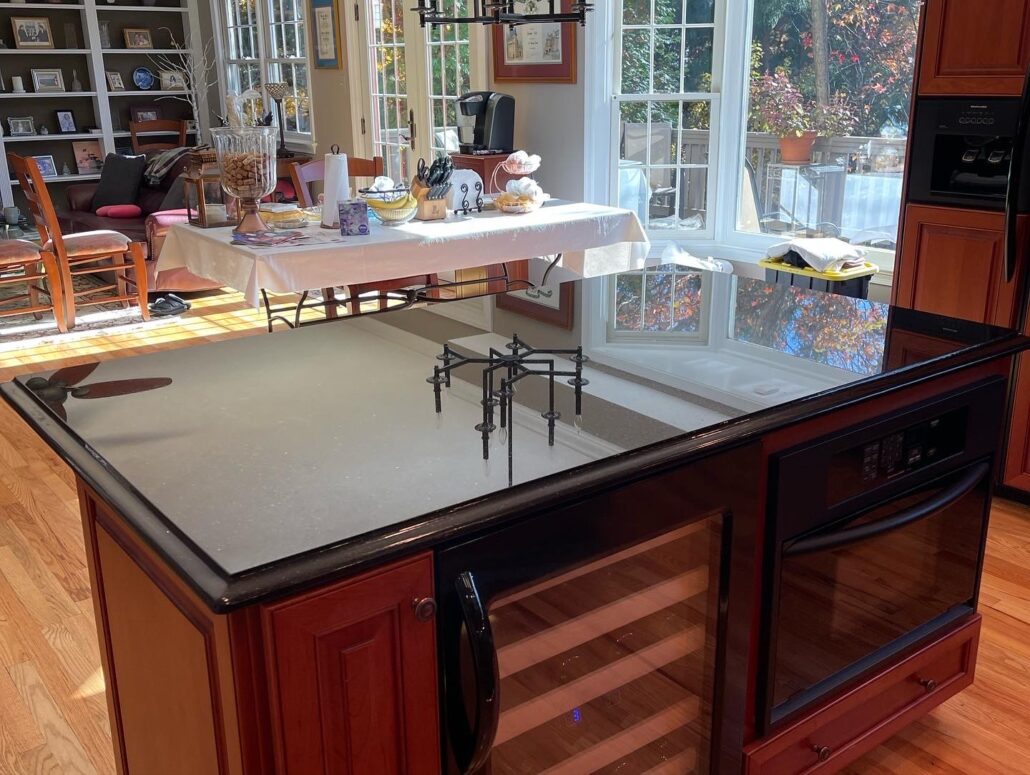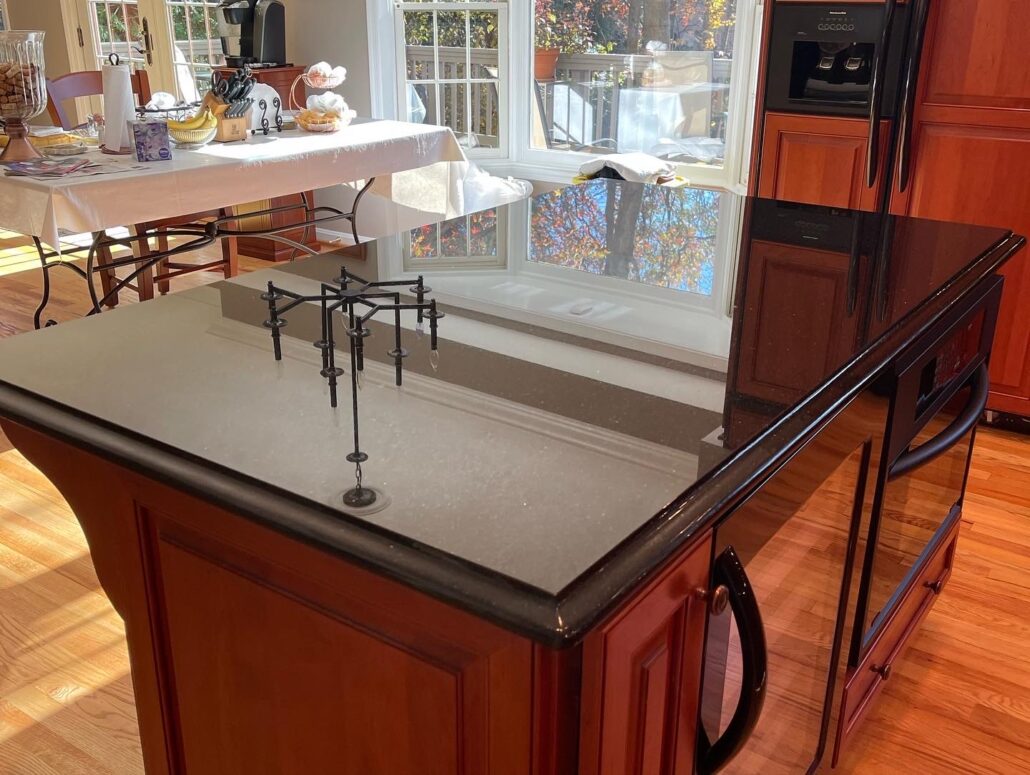Does your home have granite or marble countertops in the kitchen or bathroom? If so, you may notice that over time, these surfaces tend to lose their former luster. That is because natural stone wears over time—whether chipping or scratching when abraded.
Countertop restoration and maintenance is especially important for kitchen surfaces since the porous nature of rock can allow for bacteria and other harmful contaminants as an avenue for harm. Fortunately, there are professionals who specialize in working with marble and granite countertops and resealing them for you if needed.
Why Hire Out for Countertop Restoration?
DIY solutions are often one of those things that seem like a promising idea at the time. Any professional would advise against it—especially in the kitchen where there are health considerations surrounding food and the well-being of your family. Choosing to restore your countertops is not a simple undertaking.These things can be complicated, and granite and marble materials are expensive. Buffing out deep scratches might not be as simple of a process as one might hope. Botching a DIY job on your stone countertops could end up costing you more if professionals need to be called in to restore or completely replace your countertop surfaces.
Finding a Good Granite or Marble Countertop Restoration Specialist
If you are looking for granite and marble countertop restoration, you will want to have some confidence in the professionals that you choose to work with. You will also want to make sure that the companies you are considering have a good history of providing quality services—both in caliber of work and customer service.
It is a clever idea to put some time into researching your local options before committing. Here are some tips to help guide the process of finding the right marble or granite countertop restoration specialists to work with.
Looking for a Stone Repair Specialist in the Great DC Area?
If you are searching for natural stone countertop restoration services in the Greater DC area, the specialists at NOVA Stone Care have you covered. We specialize in natural stone, and our team of professionals are experts at what they do.
Interested in learning more? Visit our website to see who we are and check out our portfolio of work and list of services.


